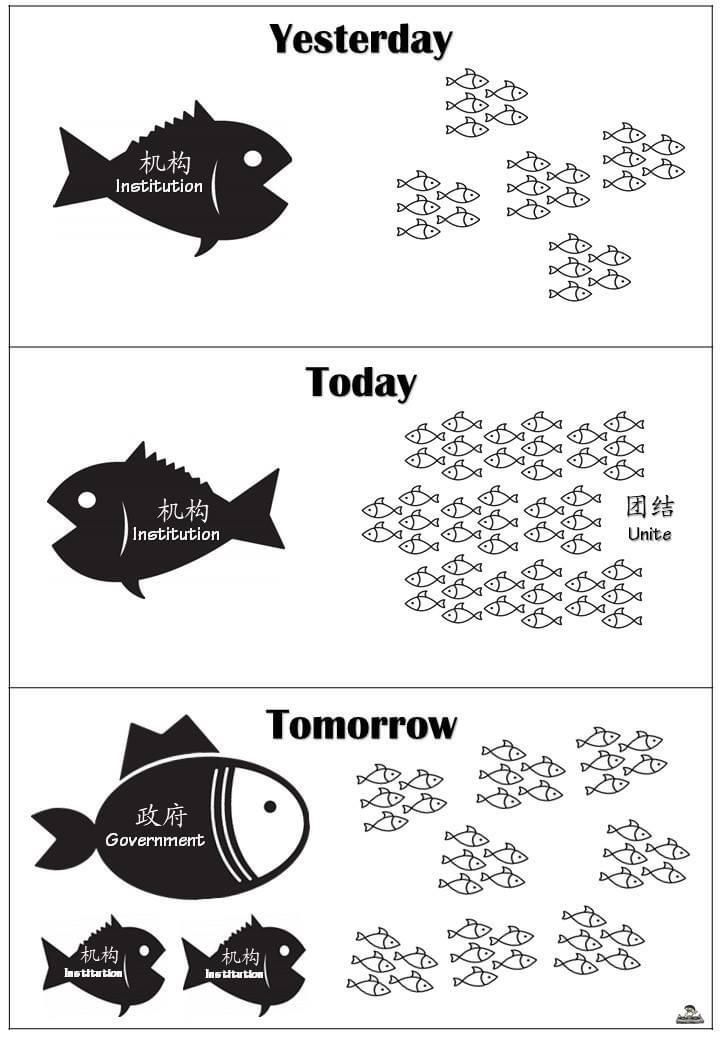
TeckV
No personal profile
68Follow
3Followers
0Topic
0Badge
Always remember to have risk control..
Is Now the Time to Go All-In on the Stock Market?
Hope not much affected on growth..[Bless]
NVIDIA and SoftBank Group Announce Termination of NVIDIA’s Acquisition of Arm Limited
if it drop..will create chance for collecting...[Cool]
Microsoft's Cloud Business Targeted by EU Antitrust Regulators
Blood bath..[Cry]
US STOCKS-S&P 500, Nasdaq Post Worst Weeks since Pandemic Start as Netflix Woes Deepen Slide
Waiting lo
If Not The Bottom, Then What?
Rebalancing holding [LOL]
Sorry, the original content has been removed
He is our idol[LOL]
Tiger Chart|Warren Buffett's One-Year Investment List
It shall be maintained..CPI shows the past not future..Fed should have also foresee on slow down in economy which lead to minimum expense and coming down of inflation.. 1.0 should only be announced when there is no coming down signal on inflation..
Reversal? Or rebound? [serious]
Sorry, the original content has been removed
Nice & thanks[smile]
2 Charts That Show Why It's Time to Buy the Dip in Meta Platforms' Stock
Not show the effect on oil price..how to reduce inflation?[Observation]
Biden Team Weighs A Massive Oil Release To Combat Inflation
Tq
Sorry, the original content has been removed
Good info
Palantir: From Stock Market Darling To A Fallen Angel
Thks..good info
There Are Signs Inflation May Have Peaked, but Can It Come Down Fast Enough?
Reversal soon?
Alibaba Shares Soar 12.5% in Hong Kong as Optimism Persists Over Earnings Beat
[Like]
Got $1,000? 5 Buffett Stocks to Buy and Hold Forever
thanks
Better Buy: Microsoft vs. Amazon
Ok
Why NVIDIA Stock Got Beat by the Market Today
Wait n collect[Cool]
Buy Apple Stock for Resiliency During the Tech Sell-Off
Yes..like them
Apple, Tesla and These Stocks Are Buys Out of the Tech Wreck
Go to Tiger App to see more news